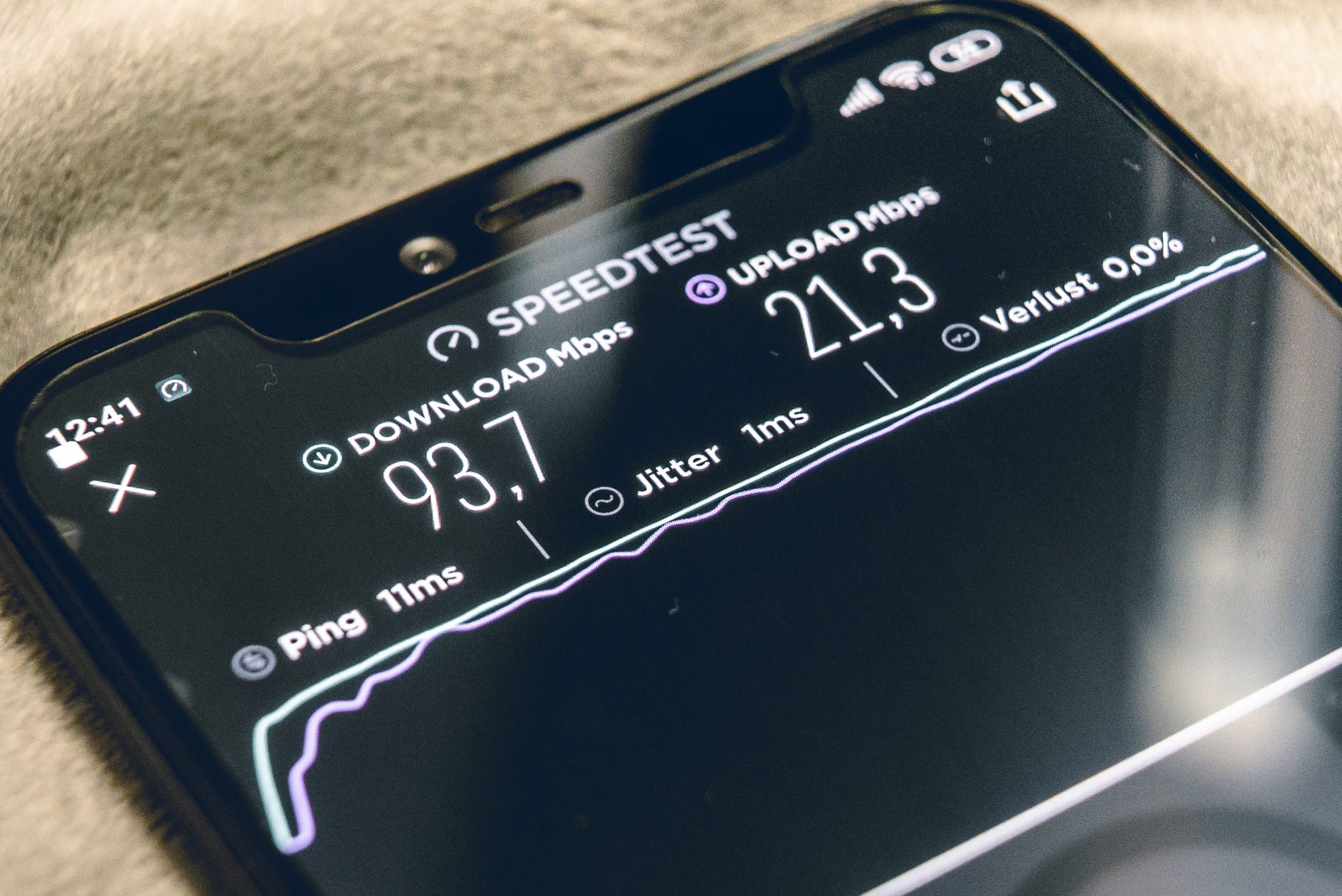- 27 February 2023
- 45
Unlocking The Power Of Multi-Agent Systems: An Introduction To This Exciting Field

Multi-agent systems have been a hot topic in the computing industry for some time now. In essence, multi-agent systems coordinate the tasks of many individual agents in order to accomplish a common goal. It’s an exciting field that has been applied to everything from robotics and autonomous vehicles to stock market prediction and health care optimization. In this article, we will take a deep dive into the world of multi-agent systems and explore how they can be applied to various industries. We’ll discuss what makes them so powerful and look at some of the key challenges that need to be addressed before they can be used effectively. Finally, we’ll go over some case studies of successful multi-agent implementations, so get ready to learn about this cutting-edge technology!
What are Multi-Agent Systems?
Multi-agent systems are a type of artificial intelligence that enables intelligent agents to work together to complete tasks. Examples of multi-agent systems include robotic swarms, distributed sensor networks, and ant colony optimization. Multi-agent systems have the potential to revolutionize many industries, including transportation, manufacturing, logistics, and healthcare.
The Benefits of Multi-Agent Systems
Multi-agent systems are a type of artificial intelligence that has many potential benefits. They can be used to solve complex problems that are difficult for traditional AI methods, and they can also be used to create more realistic simulations. Additionally, multi-agent systems have the potential to be more efficient than other AI methods, as they can distribute tasks among multiple agents.
How Multi-Agent Systems Work
Multi-agent systems are networks of agents that can work together to solve complex problems. Each agent in a multi-agent system has its own set of goals and is autonomous, meaning it can act on its own behalf. Agents communicate with each other to coordinate their actions and exchange information.
Multi-agent systems are used in a variety of fields, including artificial intelligence, sociology, economics, and engineering. They are well suited for tasks that are too difficult or complex for a single individual or traditional computer program. Multi-agent systems have the ability to scale up or down as needed, making them more efficient than traditional systems.
How do multi-agent systems work?
Multi-agent systems are networks of agents that can work together to solve complex problems. Each agent in a multi-agent system has its own set of goals and is autonomous, meaning it can act on its own behalf. Agents communicate with each other to coordinate their actions and exchange information.
Multi-agent systems are used in a variety of fields, including artificial intelligence, sociology, economics, and engineering. They are well suited for tasks that are too difficult or complex for a single individual or traditional computer program. Multi-agent systems have the ability to scale up or down as needed, making them more efficient than traditional systems.
Applications of Multi-Agent Systems
Multi-agent systems are being used in a variety of fields to solve complex problems. Some of the most exciting applications are in the areas of distributed artificial intelligence, autonomous agents, and robotic systems.
In distributed artificial intelligence, multi-agent systems are used to create intelligent agents that can work together to solve problems. This is an area of active research, and there are already a number of successful applications of this technology.
Autonomous agents are another exciting application for multi-agent systems. These are programs that can operate independently, making decisions on their own. They have been used in a variety of settings, including air traffic control, logistics, and finance.
Robotic systems is another area where multi-agent systems are being used with great success. In these systems, robots work together to accomplish tasks that would be difficult or impossible for a single robot to do alone. This is an area of active research, and there are already a number of impressive applications of this technology.
Conclusion
In conclusion, multi-agent systems are a powerful and rapidly advancing field of research. With the potential to revolutionize how machines interact with each other, this technology holds great promise for the future. By understanding the principles behind multi-agent system design, designers and developers can create more robust and efficient machine learning applications that benefit both individuals and society as a whole. It is an exciting prospect that will continue to be explored in years ahead.

